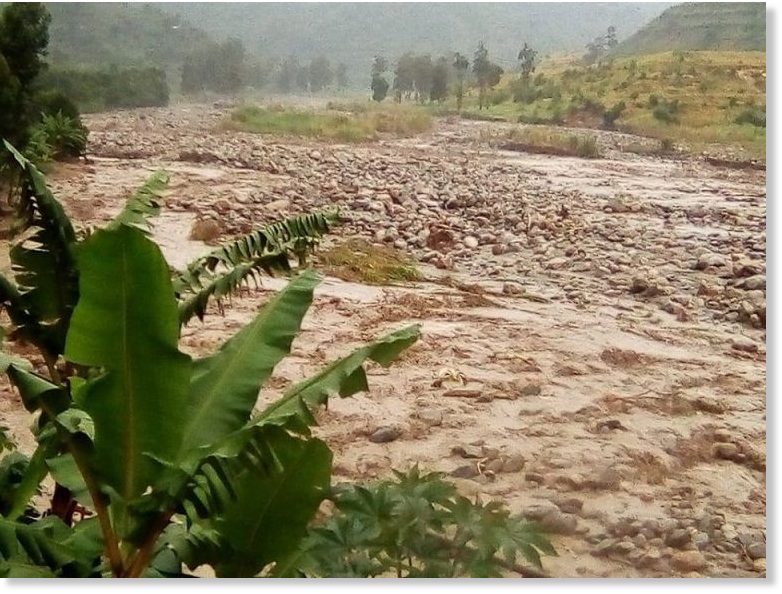This post was first published in the New Vision, 18th November 2020, by Joshua Kato
In Uganda, the impact of climate change is evident in rising temperatures, prolonged droughts, short rain seasons with unevenly spread rainfall amounts that cause flooding and mudslides in many areas around water bodies.

“Climate change refers to long-term change in global or regional climate patterns over periods of time. These periods could be decades or even millions of years,” explained Dr. Emmanuel Kawooya from Sembabule district local government.
Other key speakers on this topic included Mr. Stephen Muwaya from MAAIF, Jalia Namakula from NARL Kawanda and Henry Galiwango from Makerere University.
The area of climate change was one of the key topics of discussion in the recent 2020 annual extension services e-symposium by UFAAS.
Negative agricultural management practices including monocropping, overgrazing and wetland encroachment are among the major contributors to climate change alongside rapid urbanization and population explosion.
In Uganda, the impact of climate change is evident in rising temperatures, prolonged droughts, short rain seasons with unevenly spread rainfall amounts that cause flooding and mudslides in many areas around water bodies.
“These impacts of climate change greatly affect vulnerable subsistence farmers by lowering yield, leading to crop failure and livestock loss, damaging infrastructure and thus limiting market access, among others,” Dr Kawooya said.
He added that, a 2-3 degree increase in atmospheric temperature, for instance, reduces coffee and banana production by at least 80%.
It was also alluded that women especially face greater impacts of climate change as they are often responsible for household food security and carry the greater burden of water and fuel scarcity due to designated cultural gender roles.
Muwaya pointed out that a number of national strategies and frameworks have been developed to manage climate change and build the agricultural sector’s resilience.
These include improved access to quality inputs including seed and fertilizer and irrigation, improved post-harvest handling, innovative research, integrated pest and disease management, production of drought, pest and disease resilient crop varieties, and extension using ICT tools and farmer demonstration schools.
Dr Kawooya also emphasized that, “Although adaptation and mitigation of climate change strategies costs heavily (an estimated US$406- 644 per year), the cost of inaction to Uganda would be greater at about US$1- 5.9 billion by 2025,”
Solutions
The speakers suggested that sustainable agricultural strategies to help alleviate the impacts of climate change will require more financial and technical support from the local government, private and public institutions and NGOs to implement.
Galiwango also emphasized that, “during implementation, there is need to involve farmers in technology development to increase its adoption through participatory approaches, need to beware and work around cultural beliefs and practices especially those regarding female-water user rights and, promote regional and individual behavioral change towards efforts to overcome the impacts of climate change.”
